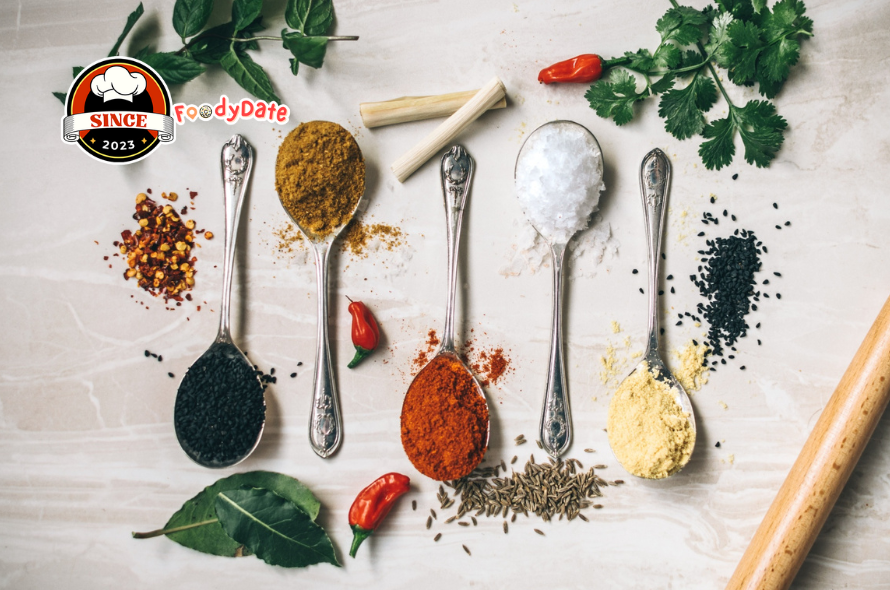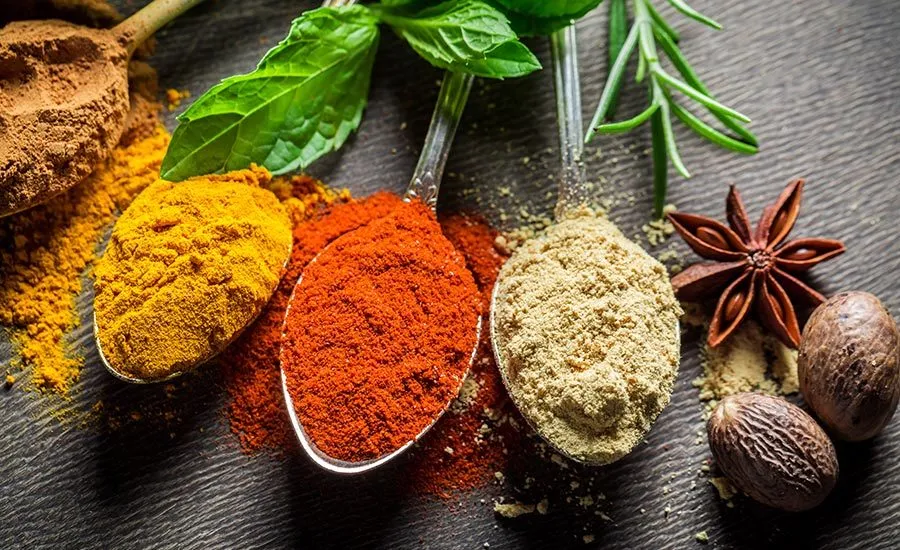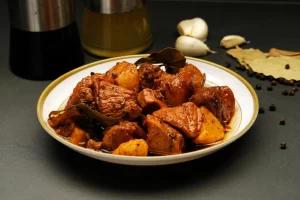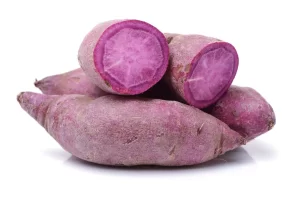The Best Fluffy Pancakes recipe you will fall in love with. Full of tips and tricks to help you make the best pancakes.

In culinary arts, spices and condiments transcend mere flavor enhancement to embody rich cultural and historical significance. As well as adding depth and zest to dishes, these ingredients tell a story of ancient trade routes, cultural exchanges, and evolving palates. As we delve into the world of spices and condiments, we uncover a tapestry of flavors that have shaped the culinary landscapes across continents, bringing to life the essence of each region’s unique gastronomic identity. In every sprinkle and dash lies a journey through time and culture, making spices and condiments integral to our global food heritage.
A History of Flavor and Culture through Spices and Condiments
In terms of global trade and cultural significance, spices and condiments have a fascinating history. In ancient times, flavor enhancers were more than just culinary ingredients; they were valuable commodities that fueled international trade and economic development. The discovery of new worlds and the establishment of spice routes were sparked by black pepper and cinnamon. Symbolic and traditional roles are attached to spices and condiments in cultures around the world. The spices in Indian curries, for instance, represent a mosaic of regional flavors and medicinal knowledge. As well as being a culinary practice, za’atar and ras el hanout represent the rich history and diverse influences of the Middle East. From ancient trade to modern kitchens, spices and condiments have had a profound impact on both our palates and cultures, making them a vital part of our global culinary heritage.

An exploration of flavors and cultural fusions through spices and condiments
We encounter a myriad of flavors when we explore the world of spices and condiments. The pungent, fiery flavor of black pepper, often referred to as the “king of spices,” originates from India. From simple soups to complex marinades, it enhances everything. Adding heat and depth to cuisines from Mexican to Thai, chili peppers vary from mild to intensely hot. Besides its culinary and medicinal properties, ginger is also a zesty and slightly sweet herb. Fresh ginger invigorates stir-fries and soups and is a staple in baking. Cinnamon is used in both savory and sweet dishes and is a common ingredient in spice mixes like garam masala.
Spice blends are unique to each culture. Basil, oregano, and rosemary are the quintessential Italian seasonings for pizza and pasta sauces. Star anise, cloves, Chinese cinnamon, Sichuan pepper, and fennel seeds make up China’s famous five-spice powder, a blend of sweet, savory, and bitter flavors. With their diverse origins and uses, spices and condiments not only add flavor to our meals but also connect us to different cultures and histories. Each pinch of spice and every blend of condiments speaks to the rich tapestry of global gastronomy.
Spices and condiments are health wonders
Spices and condiments are not only culinary enhancers but also powerhouses of health benefits, as revealed by numerous scientific studies. The therapeutic properties of these natural flavorings range from aiding digestion to anti-inflammatory properties. Ginger, for instance, is well known for its ability to soothe digestive ailments and reduce nausea. Throughout history, this root spice has been a cornerstone of both culinary and medicinal practices. Turmeric’s active compound, curcumin, offers anti-inflammatory and antioxidant properties, making it a valuable addition to our diet. The health advantages of spices and condiments extend beyond taste, playing a significant role in holistic wellness and preventive healthcare.

Cooking with Spices and Condiments in the Modern Era
In the realm of modern culinary arts, spices, and condiments are pivotal in driving innovation and creativity. Today’s chefs are reinventing traditional recipes by infusing contemporary twists with these age-old ingredients. Culinary ingenuity can be seen in the use of exotic spices in non-traditional dishes or in the fusion of distinct condiment flavors from different cultures. These spices and condiments are equally transformative at home. Cooks can use practical tips, such as turmeric in smoothies for health benefits or smoked paprika to elevate a simple roasted dish, to make their lives easier. This fusion of traditional spices and modern cooking techniques enriches our dining experiences, making spices and condiments indispensable in both professional kitchens and home cooking.
Spices and condiments bridge cultures
Spices and condiments are like magic bridges connecting cultures. Sharing and understanding different ways of life is more than just adding flavor to our food. A sprinkle of a new spice or a mix of condiments can bring people together and break down barriers. It’s like getting a taste of their culture and history when you try a flavor from another part of the world. You’re not just eating something tasty; you’re also joining a global family. Spices and condiments aren’t just for cooking – they’re for connecting as well.

Conclusion
In a nutshell, spices and condiments aren’t just about adding flavor; they’re vital for cooking worldwide. Our food is made special and different by them. Take advantage of all these great flavors and go out there and try them all! There are so many different spices and condiments to taste and enjoy. Take your taste buds on an adventure. Even simple meals can be transformed into something really awesome and unique. In the kitchen, it’s a game changer!
FAQ.
Q. In what ways have spices and condiments influenced global cuisine?
Condiments and spices were more than flavor enhancers; they fueled international trade. Middle Eastern za’atar and Indian curries symbolize regional flavors.
Q. How can black pepper, ginger, and cinnamon be used in modern cooking?
Black pepper is used in many ways, from soups to marinades. Ginger tastes great in stir-fries, soups, and baked goods. Cinnamon adds warmth to savory dishes and sweets like garam masala.
Q. How do spices and condiments boost health in cooking?
Spices and condiments not only add flavor but also offer health benefits like aiding digestion and reducing inflammation. Incorporating them into daily meals, like adding turmeric to smoothies or ginger to dishes, can enhance both taste and health.





